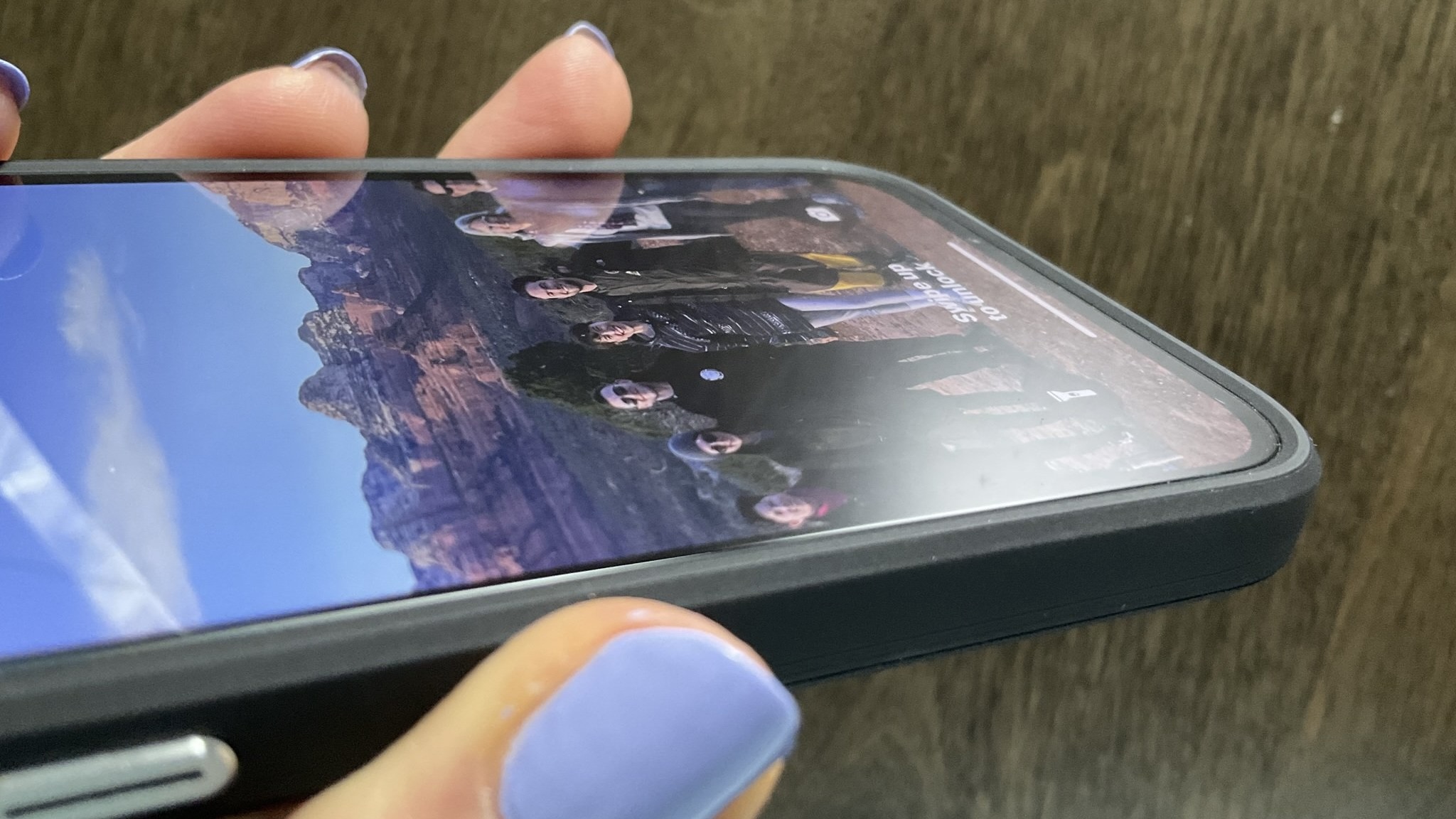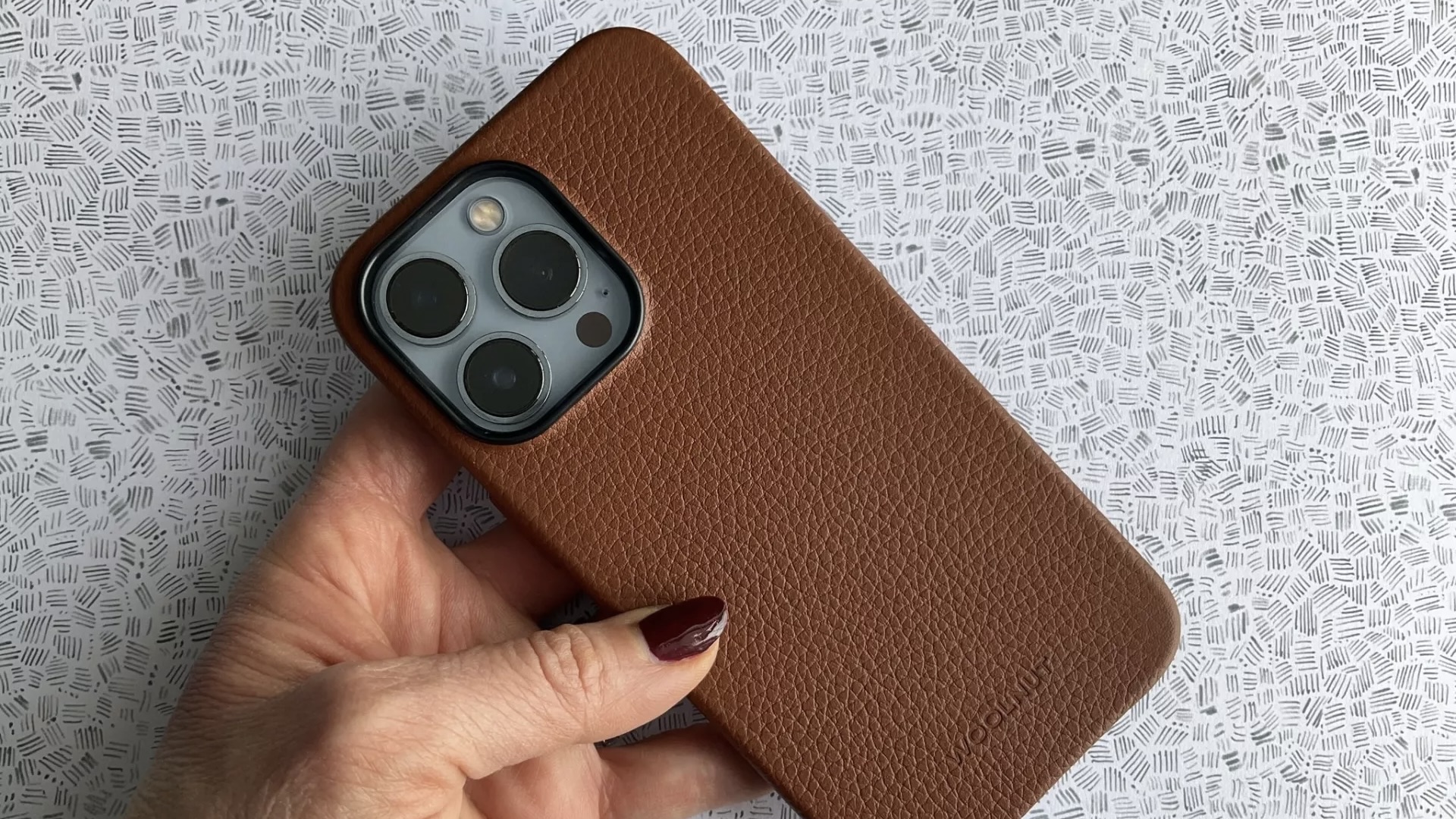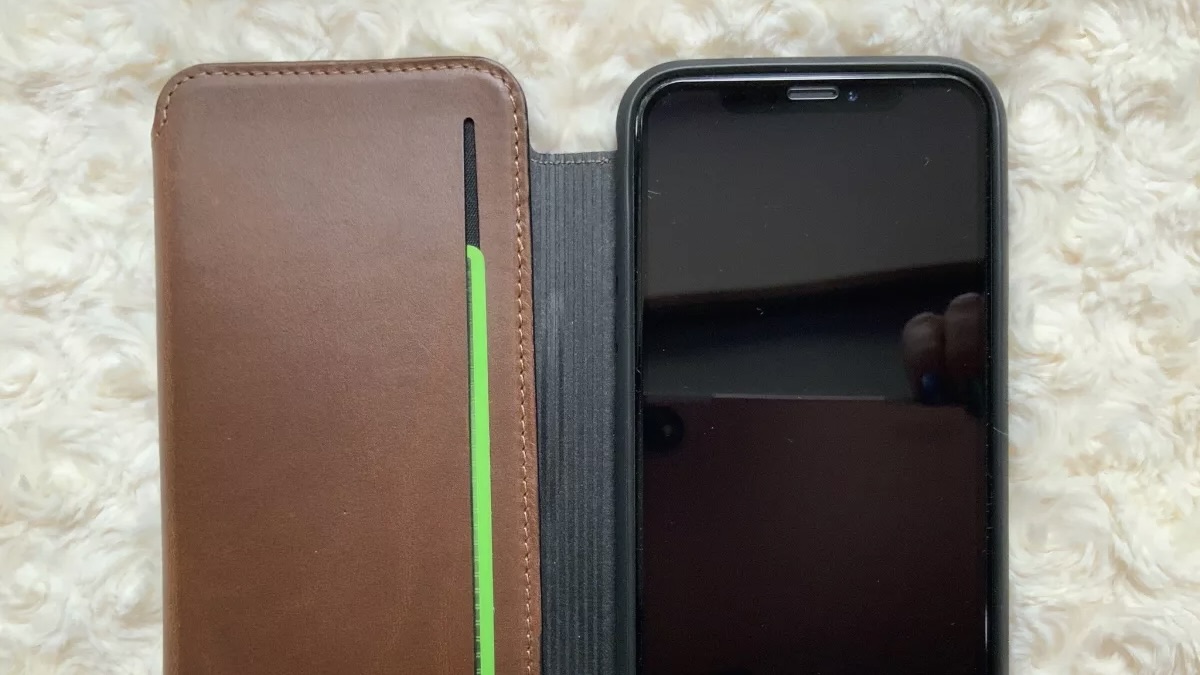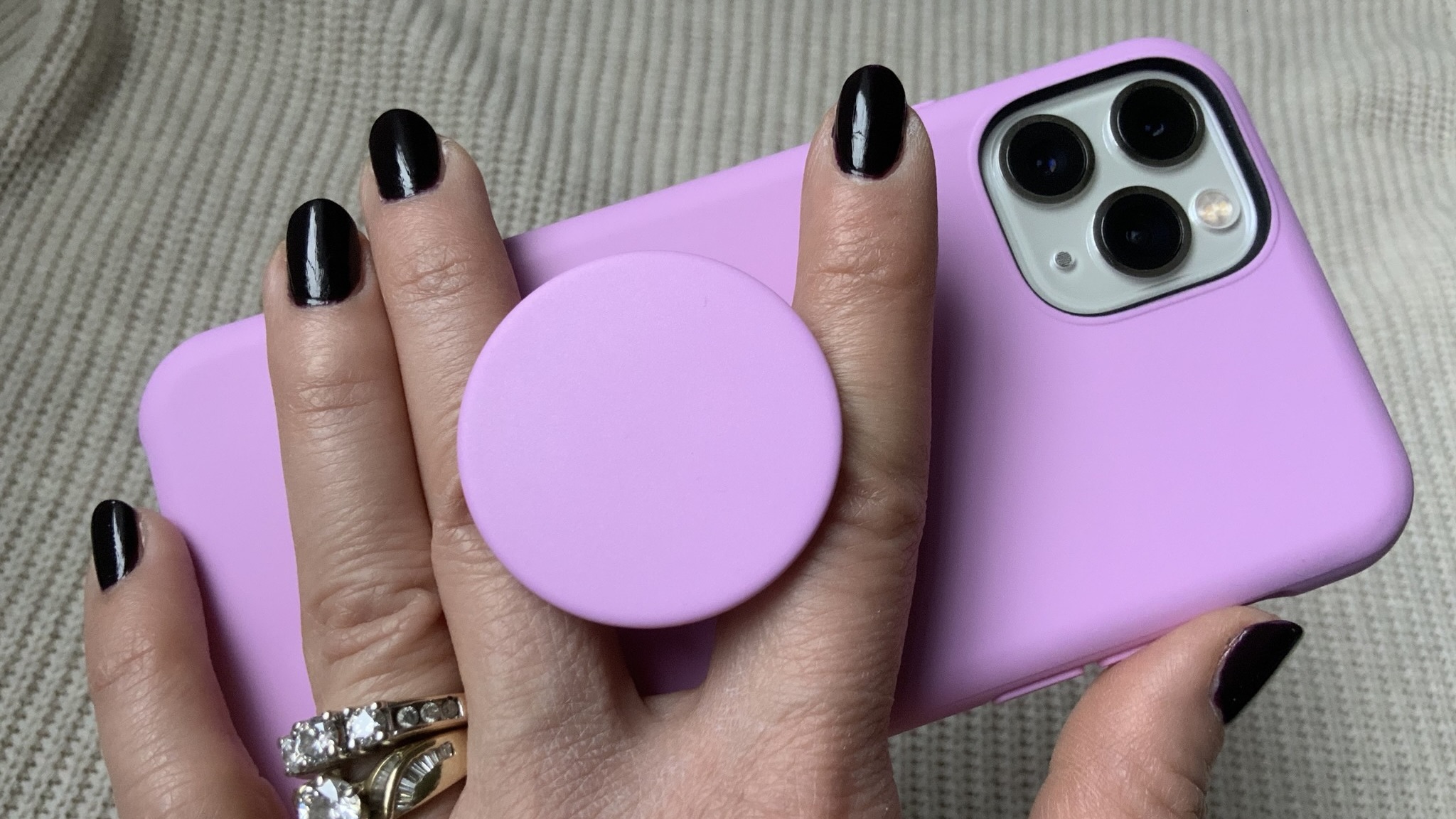How to pick an iPhone case (from someone that has tested thousands of them)

I’m not speaking in hyperbole when I say I’ve likely tested thousands of iPhone cases in my years as a tech writer for iMore and other publications. I change up my iPhone case almost daily, so I’ve learned a lot about what makes a good case, and it’s not necessarily tied to how much money you spend on it. What makes a good case is often subjective, but with these tips you can make an informed decision. Ahead of the Black Friday sales where tons of the best iPhone cases get discounted, Here’s what I’ve learned after testing hundreds of iPhone cases.
How to check an iPhone case for fit and finish
Obviously, if you've just picked out the best iPhone for you, its case must be a perfect fit, too. You’ll certainly want to buy a case that was made for the particular model you own, whether it’s the iPhone 14, iPhone 14 Pro, or any other model. When trying on cases, I’d recommend applying your screen protector first. Some cases have a lip that extends inward a bit, and that can cause your screen protector to rise up at the edges and bubble. Take note of the case's holes and button covers to make sure they are proper aligned and every speaker hole, port, and button is still fully operational within the case. Are there cut-outs or button covers for the Sleep/Wake and volume buttons? If there are button covers, are they clicky? As long as everything works correctly, it’s just a matter of preference. If your charging cable is on the larger side, make sure the case’s Lightning port cutout is large enough to accommodate it.

How to make sure your iPhone case is protective enough
Obviously, the thicker the case, the more protective it will be. The most heavy-duty cases often have two, three, four, or even five layers made of various materials for maximum drop protection. The iPhone’s corners are particularly vulnerable to damage, so many cases have extra reinforcements around the corners. On the other hand, if you prefer more of a sleek, minimalist case, the trade-off is that it won’t be as protective in case of drops. The thinnest cases are primarily for scratch protection. I tend to prefer a case on the thinner side, even though I know I’m incurring some risk. I do keep my AppleCare up to date in case I do some damage to my iPhone.

Does your iPhone case need lips?
Note whether the case has a raised lip around the edges of the screen and camera module. If it doesn’t, your screen and/or camera lens will come into contact with whatever surface you place your iPhone on, which allows the possibility of scratches. Ultra-thin, minimalist cases often don’t have this raised lip, so that’s something to take into account when choosing your case. Some cases also have raised corners on the back so that your iPhone isn’t thrown off-balance by your camera module when you set it down face up. Since I do prefer a thinner case for my personal use, I always choose a case that at least has that raised lip around the edges and camera module.

Do materials matter?
In my experience, materials matter only as far as your personal taste. Whether you prefer leather, faux vegan leather, TPU (thermoplastic polyurethane), PC (polycarbonate), silicone, wood, or some combination of materials makes little difference as far as the quality of the case. Natural materials like leather and wood tend to age with a warm patina, which gives your case a lived-in character over time. Plastics tend to age in a less appealing way over time, so if you’re using just one case every day over a period of years, it is more likely to show its age.

Do you need a MagSafe case?
I’ve been gradually collecting the best MagSafe accessories since Apple introduced MagSafe with the iPhone 12 lineup. These days I pretty much only use MagSafe compatible cases so I can take full advantage of the convenient snap-on accessories. If you want to be able to use the best MagSafe chargers, MagSafe grips, MagSafe stands, and MagSafe wallets, be sure that the case you choose is MagSafe compatible. If possible, before purchasing, check the strength of the MagSafe array within the case. Some cases have rather weak MagSafe magnets and are only strong enough to work with a flat MagSafe charger and wouldn’t work with other MagSafe accessories. If you’re depending on the magnets to hold your iPhone grip or wallet, for example, those magnets had better be strong.

Are wallet cases a good idea?
Many cases have extra features you might like, such as a built-in wallet for carrying cards and cash. Some have wallets on the back, some have hidden compartments, while others fold folio-style. Many folio cases can also serve as a kickstand for watching videos. It just depends on your preference, but keep in mind that wallets may change the way you can hold your iPhone and add bulk. Wallet cases may also interfere with wireless charging and/or MagSafe compatibility, depending on the placement of the wallet. You can get around that by purchasing a MagSafe wallet and pairing it with a MagSafe case.

What about grips, kickstands, and other add-ons?
If your iPhone has MagSafe, you can purchase a separate PopSocket, grip ring, kickstand or other accessory. But if you prefer one that’s built into your case, there are plenty of options for that. Just be sure it’s comfortable to hold and that it will prop up your iPhone the way you’ll use it. Some kickstands only work horizontally while others will work vertically as well. If you’re into iPhone photography, you might consider a system like Moment's line of MagSafe mounts that allows you to add filters and lenses to your iPhoneography kit.

How do you choose a design?
The design of your case is wholly up to your tastes, but there are a few things to consider. First of all, think about the color of your case and how much of it will show through. Does the case complement the color of your iPhone? Even if the case is totally opaque, the camera module will still show, so you’ll want a case that goes with the iPhone’s color. If the case is translucent, how does whatever color is in the case (if any) go with the phone? For example, if you have a blue iPhone and you choose a translucent yellow case, it’s going to look green. Another thing to consider is the design itself and how it fits into your wardrobe. If you’re going to use the same case every day, you’ll want to choose one that suits all of your clothes and all of the occasions where you’ll be bringing your iPhone.

Does a higher price point equal a better case?
Is there an advantage to spending a lot of money on an iPhone case? I do tend to like pricier cases for my personal use, as they tend to have more unique and attractive designs or sport a brand name I particularly like. However, several of my favorite cases aren't the expensive ones at all. Pick the iPhone case that suits your needs and fits into your budget. You definitely don't need to spend a lot of money to get a good quality, attractive, and protective case.
The bottom line: choosing the right case for you
My favorite case may not be your favorite case, but hopefully I've helped you choose something that's right for you. Being able to try a case on in person is ideal. But in case you can't, read the online reviews and check the return policy just in case. We have roundups for every imaginable kind of case for you, such as the best iPhone 14 cases, best iPhone 14 Pro cases, and many more.
iMore offers spot-on advice and guidance from our team of experts, with decades of Apple device experience to lean on. Learn more with iMore!

Karen is a contributor to iMore.com as a writer and co-host of the iMore Show. She’s been writing about Apple since 2010 with a year-long break to work at an Apple Store as a product specialist. She's also a contributor at TechRadar and Tom's Guide. Before joining iMore in 2018, Karen wrote for Macworld, CNET, AppAdvice, and WatchAware. She’s an early adopter who used to wait in long lines on release days before pre-ordering made things much easier. Karen is also a part-time teacher and occasional movie extra. She loves to spend time with her family, travel the world, and is always looking for portable tech and accessories so she can work from anywhere.
